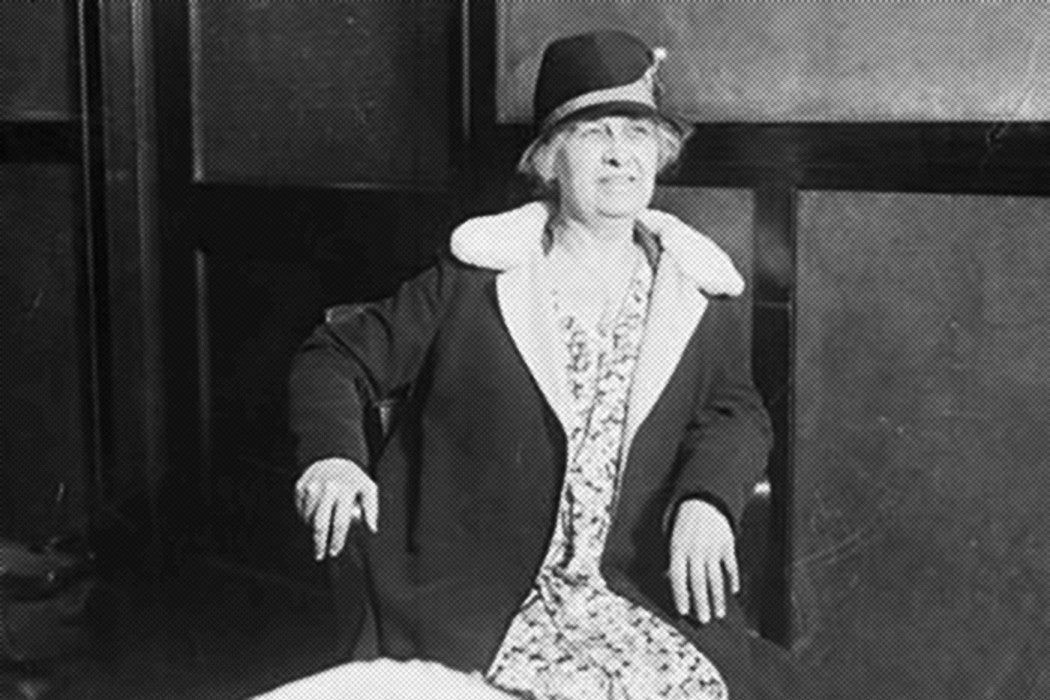Teachers at charter schools are increasingly considering unionization, despite heavy management opposition. Today, we tend to see these debates in terms of teachers’ pay and satisfaction versus increased bureaucratic red tape. But, Mark Hlavacik writes, back when teacher unionization was a new idea, one of its first advocates framed it as a question of democracy.
The daughter of a union worker and activist, Margaret Haley became a teacher at age 16. A few years later, she found her way to teacher education classes based on John Dewey’s ideas of progressivism and teaching as a profession.
She helped found the Chicago Teachers’ Federation in 1898 and then led successful fights to win back taxes from corporations and raise teachers’ pay. The National Education Association, which had gotten its start in 1857, was not a union that helped its members bargain with their bosses, but a hierarchically organized interest group. Although most of its constituency was female classroom teachers, only men in the high reaches of the education profession were allowed to address its annual conventions. In 1904, a bloc of 3,000 classroom teachers demanded that Haley get a speaking slot.
Haley harnessed the progressive idea of democracy as the central purpose of schools. “Haley argued that unionization would join progressivism’s democratic convictions to labor’s democratic practices, and thus, fulfill education’s responsibility to publicly uphold ‘the democratic ideal,’” Hlavacik writes.
In the context of the school, the democratic ideal of union organizing meant trusting classroom teachers, not school administrators or NEA leaders.
Haley also argued for unionization as a crucial part of professionalizing teaching, insisting that “there is no possible conflict between the interest of the child and the interest of the teacher.”
By functioning as a union, Haley argued, the NEA could push for higher teacher salaries, tenure and pensions, less crowded classrooms, and greater recognition for teachers as professionals. Regarding that last demand, she criticized the “factoryizing” of education that turned the classroom teacher into an “automaton.” The labor movement could help defend teachers’ role in creating the classroom practices and curricula of the school.
“Two ideals are struggling for supremacy in American life today: one the industrial ideal, dominating thru the supremacy of commercialism, which subordinates the worker to the product and the machine,” she said. “The other, the ideal of democracy, the ideal of the educators, which places humanity above machines, and demands that all activity shall be the expression of life.”
The speech was not a hit with the NEA leadership. According to Hlavacik, Denver Superintendent Aaron Gove responded to the “speech by comparing Haley to a disrespectful daughter and analogized her vision of a democratic school to a dysfunctional family in which the children had taken control from their parents.”
Haley went on to help create the American Federation of Teachers, which did operate as a labor union. It wouldn’t be until decades later, after teacher unionization became common in the 1960s, that the NEA would finally transform itself into a real union.







